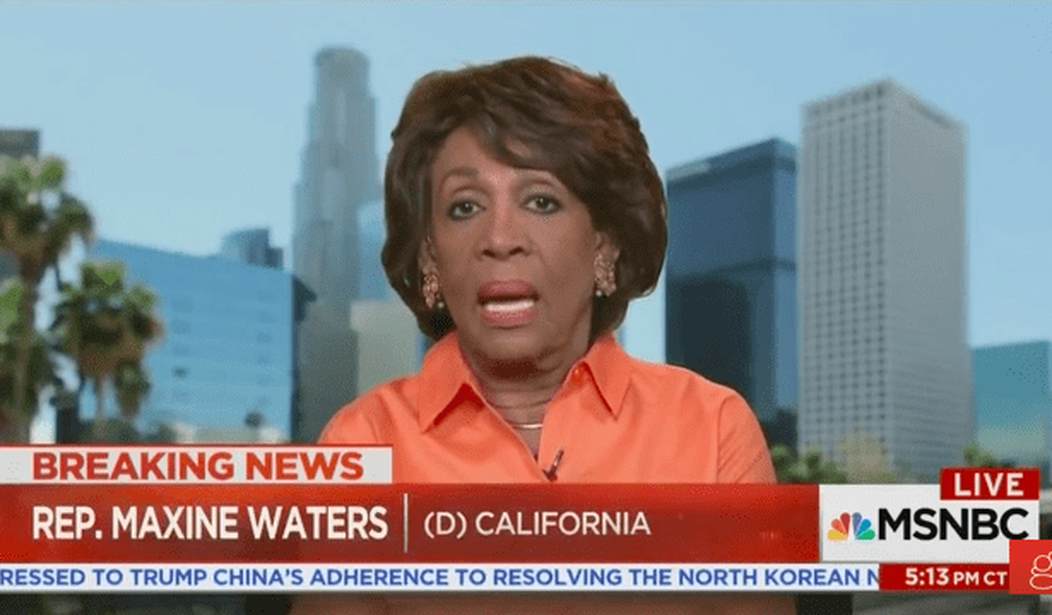As a symbol of Islamic separatism, supremacism and misogyny, the Islamic burqa is hard to beat. Outside of the mosque, it’s an affront to every Judeo-Christian sensibility to see it on the streets of the West, a giant middle finger to the host culture, and a promise of more Islam to come. So good on Austria for finally taking action:
A law prohibiting any kind of full-face covering, known popularly as the “Burqa Ban,” takes effect Sunday in Austria, where the strong support for it portends potential political upheaval in the upcoming national election.
Parties campaigning on an anti-migrant message are poised to win on Oct. 15 and to form a coalition government. Such a rightward swing in a country that’s had centrist governments almost consistently since World War II could have repercussions across Europe, emboldening politicians who take a hard line on Islam and immigration.
Last week, the right-wing, anti-migrant Alternative for Germany party won seats in Germany’s national parliament for the first time after featuring posters with the slogan “Burqas? We prefer bikinis” in its campaign.
The Austrian law — called “Prohibition for the Covering of the Face” — forbids off-slope ski masks, surgical masks outside hospitals and party masks in public. Violations carry a possible fine of 150 euros (nearly $180) and police are authorized to use force with people who resist showing their faces.
But its popular name reflects the most prevalent association — the garments some Muslim women wear to conceal their whole faces and bodies. The garments are rare in Austria even after the recent surge of migrants into Europe. Support for the law is strong nonetheless, reflecting anti-Muslim attitudes in the predominantly Catholic country.
Typical AP spin: burqas are rare, so what’s the fuss? It never seems to occur to the progressive Left that one burqa on the streets of a “predominantly Catholic” country is one too many, given Islam’s inability to compromise, integrate, or abandon any of its culturally inimical core beliefs. Also, it’s ironic that outfits like the AP and Reuters habitually refer to “countries” like Saudi Arabia or Afghanistan as “deeply conservative,” then set their charming customs in opposition to the supposed irrationality of “predominantly Catholic” western countries that want no part of Islam — especially when much of central and eastern Europe has already had all the experience of Islam it can stomach.
So which do you prefer? The photo at the top or the future at the bottom?










Join the conversation as a VIP Member